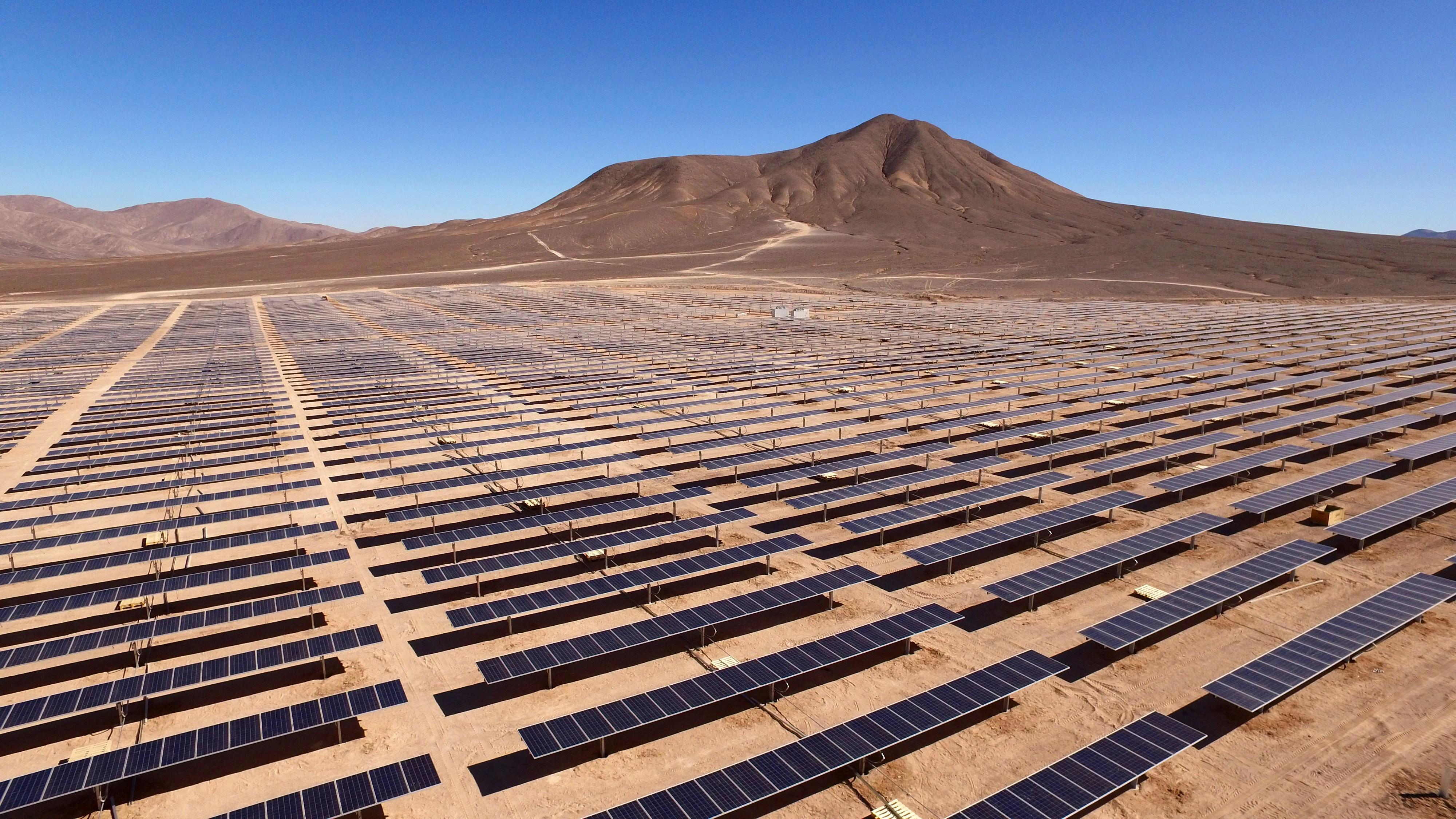In the ever-evolving landscape of renewable energy, the sun stands as a constant, a celestial powerhouse delivering an abundance of energy across the globe. Yet, harnessing this energy with precision remains a complex challenge, where the dance of clouds and the whims of weather can dictate the success of solar energy production. Enter machine learning, a transformative force poised to illuminate the path forward. This article delves into the intersection of artificial intelligence and solar energy, exploring how advanced algorithms are revolutionizing the art and science of forecasting solar energy production. By weaving together vast datasets and uncovering hidden patterns, machine learning offers a glimpse into a future where energy forecasting is not just a science, but an art form, guiding solar farms to optimal efficiency and sustainability.
Harnessing Algorithms for Enhanced Solar Energy Predictions
Incorporating machine learning into solar energy production forecasting has revolutionized how we predict and optimize solar power output. By leveraging sophisticated algorithms, we can analyze vast datasets from weather patterns, historical solar performance, and satellite imagery. These algorithms can identify subtle trends and correlations that traditional methods might overlook, thus enhancing the accuracy of solar energy predictions. Machine learning models are not just reactive; they are proactive, capable of adapting to changes in environmental conditions and providing real-time adjustments to forecasts.
- Data Integration: Seamlessly combines meteorological data, historical performance, and real-time analytics.
- Pattern Recognition: Identifies complex patterns in weather conditions affecting solar energy yield.
- Real-time Adjustments: Provides dynamic updates to forecasts, ensuring reliability.
This approach not only enhances prediction accuracy but also supports strategic planning for energy storage and grid management. As we continue to harness these advanced algorithms, the potential for optimizing solar energy systems becomes more promising, paving the way for a more sustainable and efficient energy future.

Innovative Data Techniques Transforming Renewable Forecasting
In the realm of solar energy production forecasting, the application of machine learning has ushered in a new era of precision and reliability. Machine learning algorithms are now capable of processing vast amounts of meteorological and historical data, allowing for more accurate predictions of solar energy output. By leveraging sophisticated techniques such as neural networks and decision trees, these systems can analyze patterns and anomalies that would be impossible for human analysts to detect. This not only enhances the accuracy of forecasts but also improves the overall efficiency of solar energy systems, leading to more stable energy grids and better resource management.
Key innovative techniques that are transforming this field include:
- Deep learning models: Utilizing complex architectures to predict solar irradiance with high accuracy.
- Reinforcement learning: Optimizing energy storage and distribution by learning from dynamic environmental conditions.
- Ensemble methods: Combining multiple models to improve forecast robustness and reduce prediction errors.
These cutting-edge approaches are not just about predicting energy production more accurately; they are about reshaping how we integrate renewable sources into our everyday lives. As these technologies continue to evolve, the future of solar energy looks brighter and more sustainable than ever before.

Optimizing Solar Output with Predictive Machine Learning Models
In the quest to enhance the efficiency of solar energy systems, leveraging predictive machine learning models has become a game-changer. By analyzing historical weather data and solar irradiance patterns, these models can accurately forecast solar output, allowing for smarter energy management and resource allocation. Machine learning algorithms excel in identifying complex patterns and correlations that traditional methods might overlook, enabling a more nuanced understanding of the variables affecting solar performance.
One of the most compelling advantages of using machine learning in solar forecasting is the ability to create dynamic, adaptable models that can continuously improve over time. Some key benefits include:
- Improved Accuracy: Predictive models enhance accuracy by learning from vast datasets, reducing the uncertainty inherent in solar power generation.
- Real-time Adjustments: Models can adjust predictions in real-time, responding to changes in weather conditions swiftly.
- Cost Efficiency: Better forecasts lead to optimized energy distribution and storage, ultimately reducing operational costs.
With these advancements, the solar industry is poised to significantly boost its output, paving the way for a more sustainable energy future.

Strategic Recommendations for Implementing AI in Solar Forecasting
Incorporating AI into solar forecasting requires a thoughtful approach to harness its full potential effectively. Prioritize data quality by establishing robust data collection methods, ensuring that the information fed into machine learning models is accurate and comprehensive. Use historical data from multiple sources to enhance prediction accuracy. It’s also crucial to select the right algorithms. Tailor the choice of machine learning models to specific forecasting needs, whether it’s short-term or long-term predictions, considering factors such as scalability and computational efficiency.
- Build interdisciplinary teams: Engage experts in meteorology, data science, and renewable energy to foster a holistic approach.
- Invest in infrastructure: Leverage cloud computing and high-performance computing systems to process large datasets efficiently.
- Focus on continuous learning: Implement mechanisms for models to learn from new data, adapting to changes in weather patterns and solar energy systems.
- Ensure transparency and interpretability: Opt for AI models that provide insights into their decision-making processes to build trust among stakeholders.
The Conclusion
As the sun sets on our exploration of , we find ourselves standing at the intersection of technology and nature, where the promise of innovation meets the power of the sun. In a world increasingly defined by its pursuit of sustainable energy solutions, the ability to predict and optimize solar energy production through machine learning is not just a technological marvel but a necessity.
The algorithms, models, and data-driven insights we’ve delved into are more than mere tools; they are catalysts for change, illuminating pathways to a future where energy is abundant, clean, and efficiently harnessed. As we continue to refine these technologies, the horizon expands, inviting new possibilities and collaborations across disciplines.
In this ever-evolving landscape, the journey is just as important as the destination. Machine learning, with its capacity to learn and adapt, will undoubtedly evolve alongside our growing understanding of the natural world, promising a brighter, more sustainable future. So, as we look forward, let us remain curious and committed, ensuring that our strides in technology remain in harmony with the rhythms of the earth.
And thus, with both optimism and caution, we close this chapter on the powerful synergy between machine learning and solar energy, eager to witness the dawn of new innovations on the horizon.

































